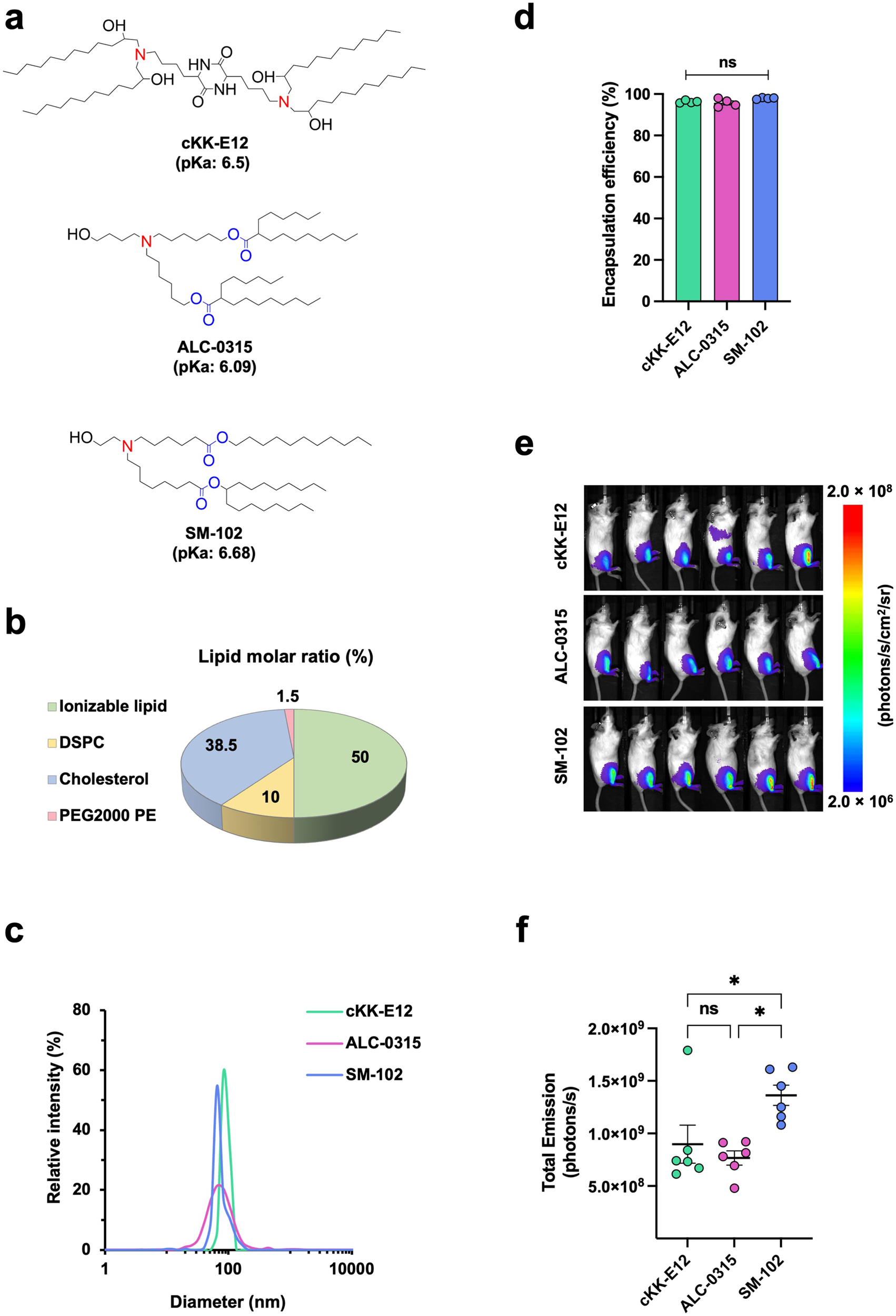
Introduction
Messenger RNA (mRNA) has emerged as a cornerstone of modern biomedical research and medicine, particularly highlighted during the COVID-19 pandemic. Its ability to instruct cells to produce proteins has opened up a realm of possibilities for vaccine development and gene therapies. As the significance of mRNA continues to grow, understanding its function and applications becomes crucial for both the medical community and the general public.
The Basics of mRNA
mRNA is a type of ribonucleic acid that plays a vital role in the process of translating genetic information from DNA to proteins. Proteins are fundamental to the structure and function of all living cells. With its relatively simple structure, mRNA acts as a messenger that carries genetic codes from the cell nucleus to the ribosomes, where proteins are synthesised. This characteristic makes mRNA a valuable tool in synthetic biology and biomedicine.
Applications of mRNA Technology
One of the most prominent applications of mRNA technology has been in the development of vaccines. The Pfizer-BioNTech and Moderna COVID-19 vaccines, which utilise mRNA technology, have demonstrated remarkable efficacy in preventing severe illness caused by the coronavirus. Unlike traditional vaccines that often use weakened or inactivated forms of the virus, mRNA vaccines prompt the body to produce a harmless piece of protein that mimics part of the virus. This, in turn, generates an immune response without causing the disease itself.
Beyond vaccines, mRNA is being explored for therapeutic uses, including in the treatment of genetic disorders, cancer, and chronic diseases. Researchers are investigating how mRNA can be designed to encode therapeutic proteins that the body lacks, potentially offering cures for conditions such as cystic fibrosis or certain types of cancer.
Challenges and Future Prospects
Despite the promising applications of mRNA technology, there are still challenges to overcome. The stability of mRNA molecules and their delivery to target cells remain complex issues. Recent advancements in lipid nanoparticles have improved the delivery mechanisms, but ongoing research is essential for refining these techniques.
Conclusion
The emergence of mRNA technology marks a significant advancement in the fields of medicine and genetics. As we continue to understand and harness the potential of mRNA, the future looks promising for innovative treatments and vaccines that could transform patient care. With the ongoing research and clinical trials, readers can expect to see even further developments in mRNA applications, solidifying its role in shaping the landscape of healthcare in the years to come.
You may also like

Understanding Melatonin: Uses, Benefits, and Importance

Understanding the Importance of Bones for Our Health
